CT Lung Cancer Screening
CT lung cancer screening is a non-invasive, painless procedure that uses low-dose x-rays to screen the lungs for cancer in just 30 seconds.
A CT lung cancer screening allows the radiologist to look at different levels, or slices, of the lungs using a rotating X-ray beam. It is performed on a multi-slice spiral computed tomography (CT) scanner and can detect smaller nodules or cancer than standard chest x-rays. A tumor or nodule is a mass of extra cells that grows on the lungs. It can be benign (noncancerous) or malignant (cancerous). By detecting malignant tumors in an early stage with CT lung screening, intervention can occur at a time when the cancer is still curable and localized to the lungs.
Based on mounting evidence that lung cancer screening with CT can save lives, the American Lung Association has recommended CT lung cancer screening for smokers and former smokers.
Why is Lung Cancer Screening Important?
Lung cancer is the number one cause of cancer-related deaths in the United States. This disease is responsible for more deaths annually than breast, prostate, and colorectal cancers combined. In the United States, the lifetime risk of developing invasive lung cancer is 1 in 17 for men and 1 in 18 for women.
It is estimated that over 80% of lung cancers could be cured if detected at an early stage. Unfortunately, only 15% of lung cancers are caught at this stage, making the 5-year survival rate for all stages of lung cancer 20%. Catching lung cancer in an early stage while it is still localized to the lungs is essential. A person’s chance of survival decreases when the tumor grows to be 3 cm or more. If the cancer spreads to areas of the body outside the lungs, the survival rate is only 3%, compared with 48% if the cancer is just in the lungs. CT lung screening is extremely capable of detecting lung nodules as small as 2 or 3 cm. By catching malignant tumors when they are still small, they can be removed before disease spreads to other areas of the body.
Who Should Have Lung Cancer Screening?
Lung cancer screening is recommended for individuals between ages 50 and 80 who have any of the following risk factors:
- A family history of lung cancer
- Current smokers
- Past history of smoking (less than 10 years ago)
- Repeated exposure to secondhand smoke
- Exposure to other cancer-causing agents (e.g., asbestos and radon)
Planning for your procedure
Tell your doctor if there's a possibility you are pregnant and to discuss any recent illnesses, medical conditions, allergies, and medications you are taking. You will be instructed to not eat or drink anything and to avoid caffeine and smoking for four hours prior to the exam. Leave jewelry at home and wear loose-fitting, comfortable clothing. You will be asked to wear a gown.
Patients lie on their backs on an exam table with arms above the head. They must hold their breath briefly as the pictures are being taken. For a short period of time, the body may be covered by a scanner, but the scanner is open at the back and front so that the patient can see out. The technologist is always able to see and hear the patient during the 15-minute procedure.
A full report will be sent to your referring physician within 48 hours following your exam.
Radiological Society of North America promotes access to Lung Screenings
National Lung Cancer Screening Day is November 12
The RSNA is promoting National Lung Cancer Screening Day by urging centers to open on Saturday, November 12, to boost screening access. Lake Medical Imaging does have weekend hours at our Sharon Morse and Brownwood locations.




